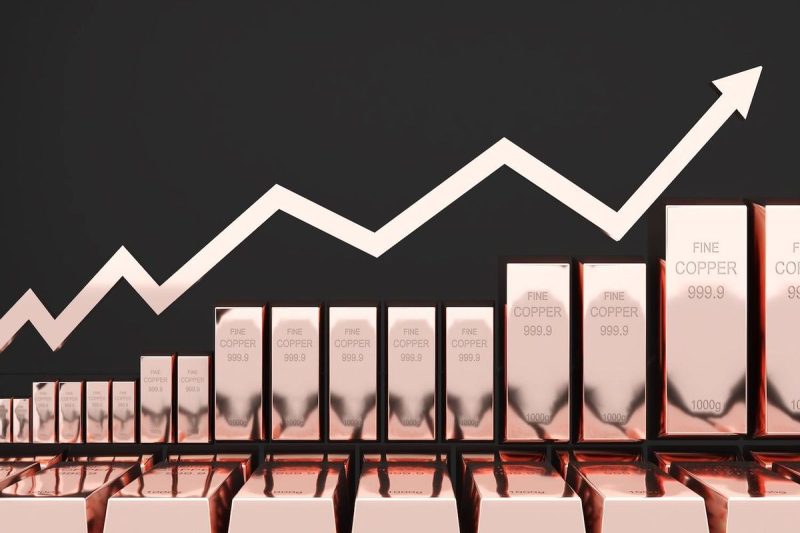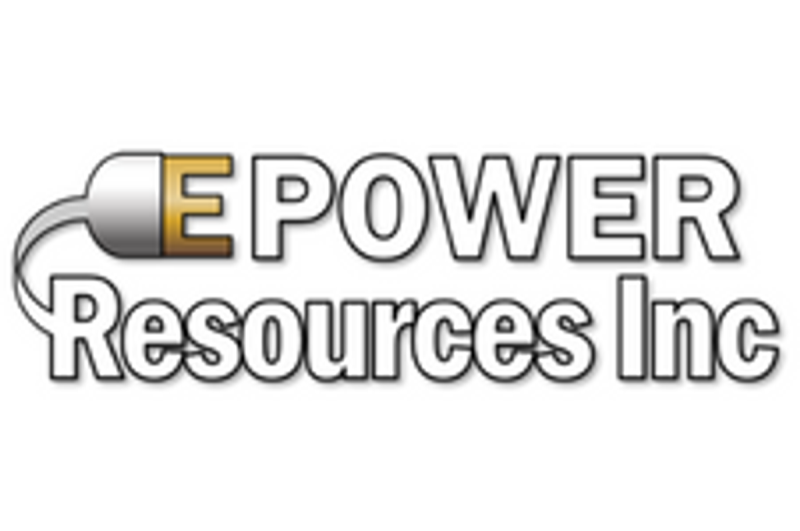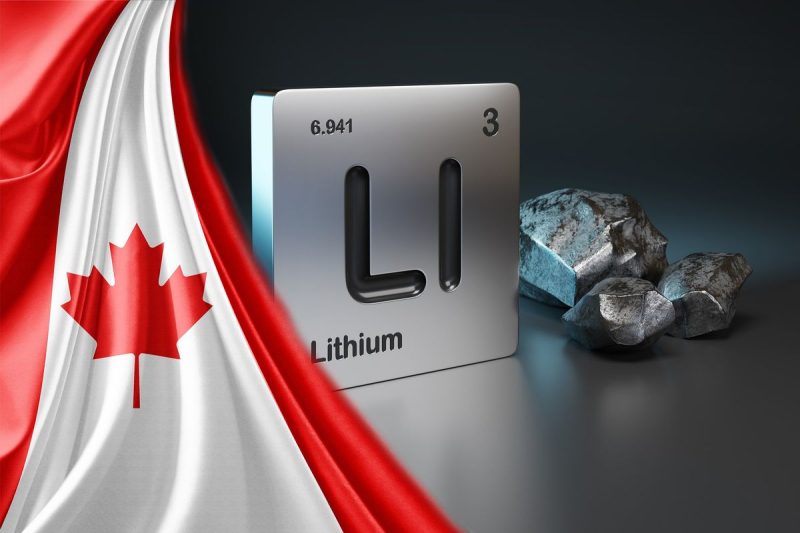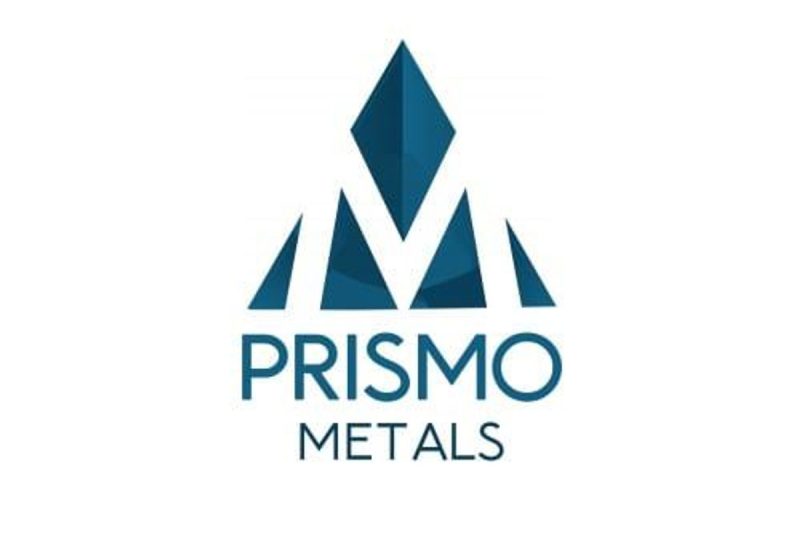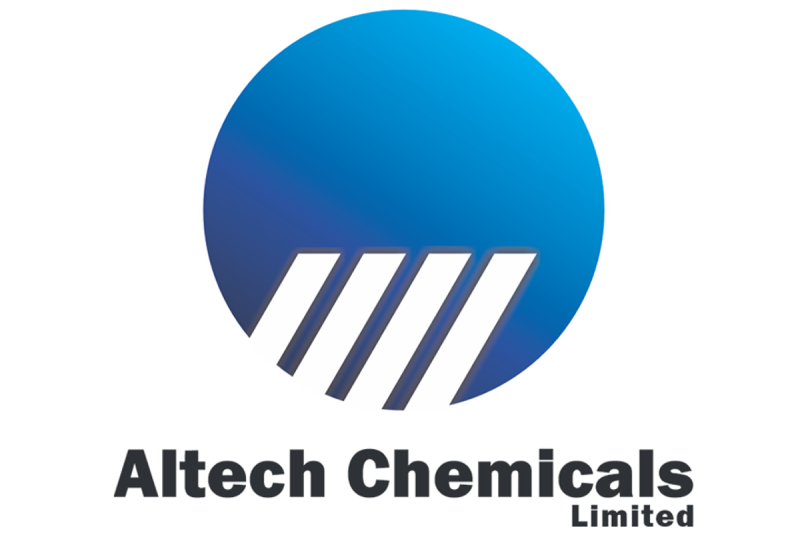Yvonne Blaszczyk, president and CEO of BMG Group, sees the gold price hitting US$5,000 per ounce in Q1 on the back of a complex geopolitical landscape.
‘In terms of the geopolitical configuration of the world, we are witnessing history right now,’ she said.
Securities Disclosure: I, Charlotte McLeod, hold no direct investment interest in any company mentioned in this article.


